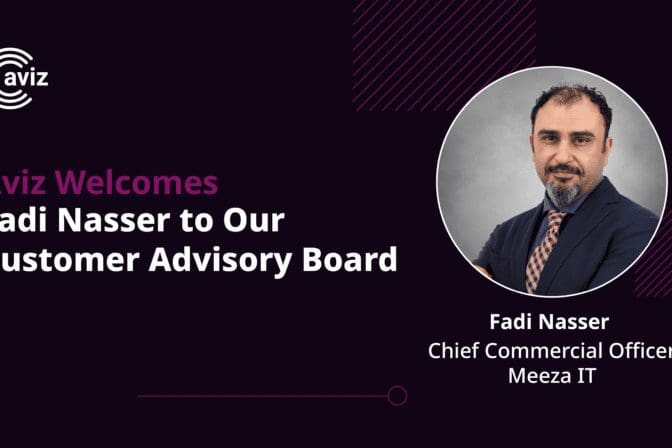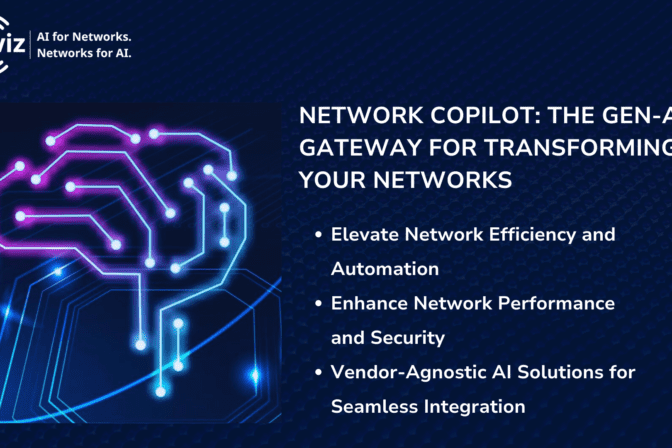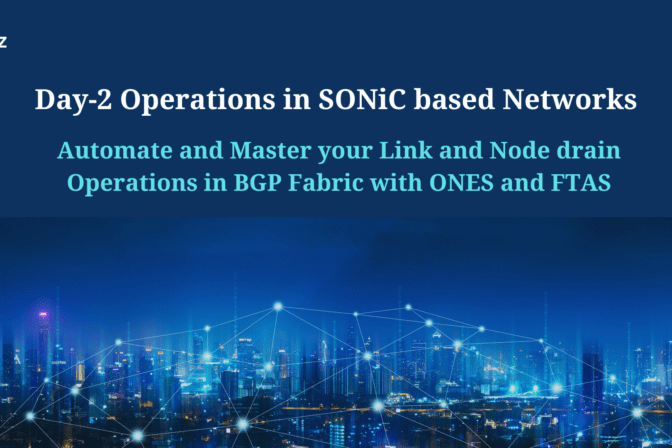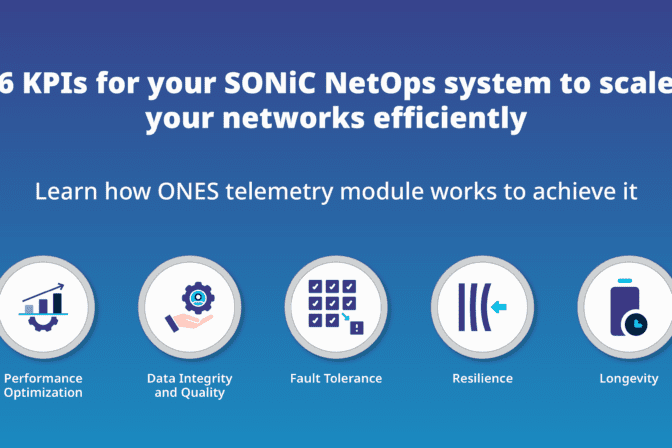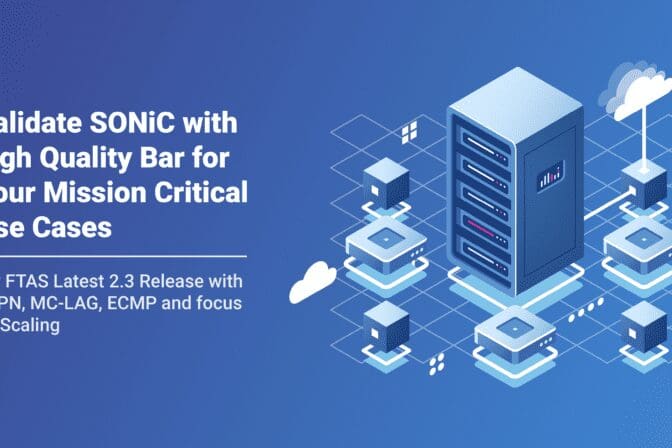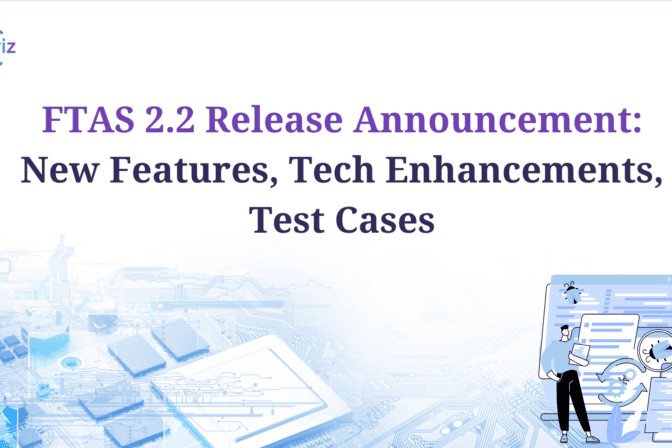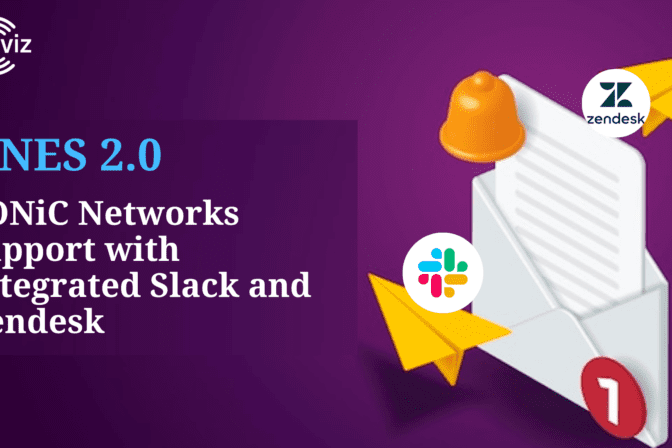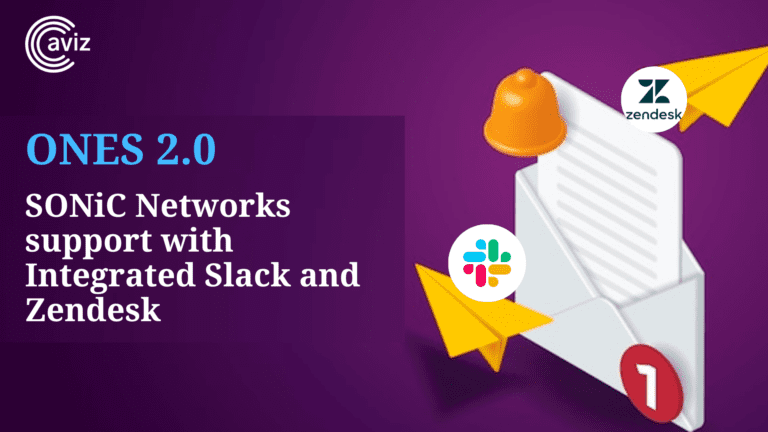Are you ready to take your networking career to the next level? Discover how the Aviz Certified SONiC Professional certification can unlock your potential in the revolutionary world of SONiC technology.
Today, we are delighted to unveil the Aviz Certified SONiC Professional (ACSP) certification, a testament to our dedication to improve the abilities of individuals in the fast-paced SONiC environment.
How is Aviz Networks Raising the Bar for Industry Standards?
With technology constantly evolving, the demand for skilled professionals capable of mastering intricate solutions becomes paramount. Aviz Networks recognises the essential contribution of SONiC (Software for Open Networking in the Cloud) in shaping the future of networking. Our pioneering certification programme seeks to set a distinctive standard for SONiC competence and superiority.
Mastering SONiC: A Comprehensive Certification Overview
Created particularly for network engineers working with SONiC, SONiC developers, SONiC testers wanting to enhance their abilities, and the professionals wanting to switch to SONiC, the Aviz Certified SONiC Professional certification serves as an essential bridge to the world of SONiC. It covers important concepts such as below of SONiC.
- Architecture
- Fundamentals, Core & SONiC Infrastructure
- Platform, Layer2 & Layer3 expertise
- Debugging & Troubleshooting
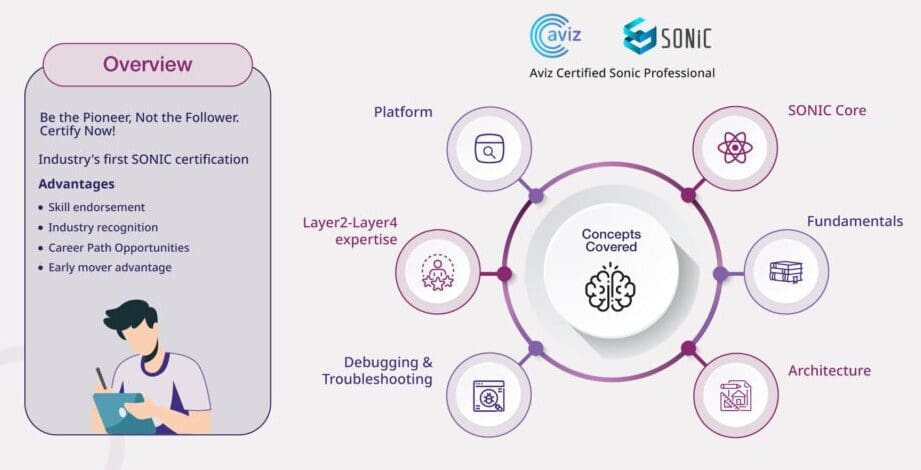
How to Advance Your Career with SONiC Technology Certification
Being awarded this certification is more than just obtaining a qualification – it opens the door to career progression and industry recognition. As an innovator in SONiC technology, Aviz Networks provides this certification as a robust preparatory base for professionals to confidently venture into the SONiC industry.
Top Benefits of Aviz Networks’ SONiC Certification for Professionals
- Holistic Knowledge: Our certification lays emphasis on all important SONiC concepts, ensuring well-rounded understanding.
- Industry Recognition: Being the first in its field, this certification carries significant industry value and recognition.
- Career path opportunities: This certification will help if you want to switch to SONiC development or testing, excel in companies migrating to SONiC.
- Early mover advantage: SONiC is a relatively young NOS. It is the fastest growing open source NOS. Being in this Industry is somewhat similar to joining one of the giants when the networking industry was starting. And having ACSP is akin to obtaining one of the prestigious certifications in the very beginning.
- Online test: The test is completely online. One can take it anytime and from anywhere.
Begin Your SONiC Certification Journey
Here are some basic exam details:
- Duration: 1 hour
- Format: 50 multiple-choice questions covering various difficulty levels
- No Negative Marking: We encourage learning and advancement without fear of penalties.
How to prepare for the Aviz Certified SONiC Professional?
There are multiple sources you can use to prepare for the SONiC Certification. SONiC being the fastest growing open source NOS, there is a wealth of knowledge on the Internet. Here are some of the sources you can use to prepare for your Aviz Certified SONiC Professional certification:
- There are a lot of channels on YouTube, which cover the basics and SONiC configurations at various complexity levels. There are also the Open Source Community channels like OCP, NANOG etc.
- Bootcamps: Apart from this, there are a lot of boot camps organized by various companies which cover various aspects of SONiC. Aviz also organizes several in-person and virtual bootcamps throughout the year. Go to aviznetworks.com -> Events for the information about the latest bootcamps.
- Basic Network certification materials: ACSP is a SONiC certification. However the major role of SONiC is in handling Layer 2 and Layer 3 traffic. Hence the certification doesn’t only confine to pure SONiC skills in these areas. It is recommended to up your routing and switching skills to at least CCNP levels training. Apart from this you should know about Layer 4 concepts in detail.
- SONiC Command Line CLI page: A lot of questions in the ACSP certification need SONiC CLI. You must thoroughly prepare the SONIC Command Line Interface Guide in the community.
- SONiC Architecture Guide and important links: Community maintains a very good SONiC Architecture Guide and there are a lot of links on that page. These pages must be gone thoroughly to be adequately prepared for this certification.
Step-by-Step Guide to Achieving Aviz Certification
Following flow diagram summarizes the process of getting Aviz Certified SONiC Professional Certification.

How to Become an Aviz Certified SONiC Professional
Are you ready to become an Aviz Certified SONiC Professional? Visit our certification page for complete exam details and registration.
Join the Conversation
We recognize the power of community collaboration and dialogue. Join us on our YouTube Channel and follow our LinkedIn page to take part in discussions.
Stay informed about our upcoming SONiC course from Aviz Networks.
At Aviz Networks, we’re not just shaping the future of networking; we’re also dedicated to fostering the career development of individuals who seek to make a difference in this rapidly evolving field. The Aviz Certified SONiC Professional certification is more than just a validation of your skills; it’s your gateway to numerous opportunities in the world of SONiC technology.
We eagerly anticipate witnessing your successes as you embark on this transformative journey in your professional endeavors.


